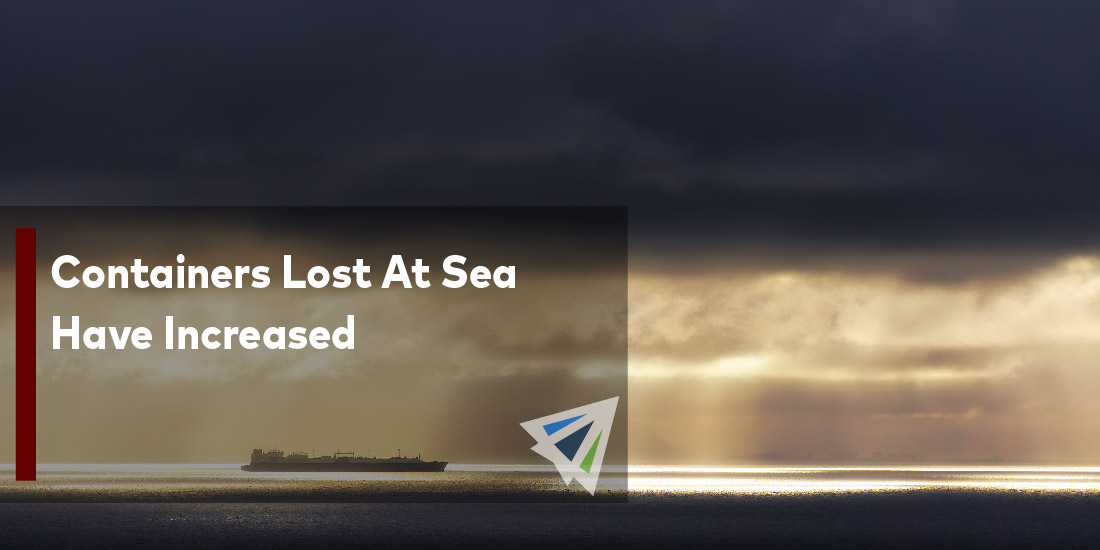Containers Lost At Sea Have Increased
The thought of containers going overboard is unsettling to say the least. You put so much time, effort, and money into your shipments, coordinate with buyers and 3PL’s, and spend weeks trying to get containers to their destination on schedule. Most people generally think of cargo loss as an anecdote that only hits the unluckiest shippers, but the truth is, it’s not as uncommon as you may have previously thought. Worse, it seems that containers lost at sea are increasing at a rather rapid and alarming rate.
Yes, numbers still do remain low. The World Shipping Council (WSC) covered in its 2020-2021 report of Containers at Sea that containers lost at sea represent less than one thousandth of 1 percent. But over the last couple of years, those numbers are changing. Already, the number of containers lost at sea has increased by 18 percent, or 1,629 more containers this year.
Why do containers end up going overboard? There’s no single, easy answer. Despite carriers ensuring that containers meet the correct dimensional and weight restrictions, are loaded carefully and correctly, and properly stowed during shipping, several factors influence the potential of containers going overboard. Severe weather at sea, ship groundings, structural failures, and collisions (which are much rarer) can all result in containers going overboard.
In the winter of 2020-2021 there were a very high number of weather-related cargo losses. The average number of container losses for that season were 3,113 (significantly higher than 779 the previous period).
MARIN Top Tier Project
The MARIN Top Tier project is aimed at increasing container safety, and it has the support of the WSC as well as several industry leaders who work for ports, 3PL’s, and steamship lines. The project is intended to run for a few years and to study the factors that increase risks associated with cargo loss.
In addition to the MARIN Top Tier project’s goal of analyzing data over the coming years and drawing connections to potential fail points to mitigate risks for future shipments, they have also created a Notice to Mariners which describes how container ship crew and operational staff can act to prevent parametric rolling and other major factors associated with cargo loss.
Importance of Cargo Insurance
The increasing number of containers going overboard is a testament to how important it is to ensure your cargo. Failing to ensure cargo doesn’t just result in a loss of goods, it also requires your businesses to essentially purchase the product twice (not to mention that you’re taking the same gamble the second time you send your cargo on its way).
If you haven’t privately insured your cargo, steamship lines are actually only liable to pay you $500 for the loss of the entire container. And from the sounds of customers who have attempted to hunt down a steamship line for a claim, it’s rare they’ll even get their hands on that $500.
Cargo insurance is surprisingly cheap, and the best time to start the habit of insuring your cargo is before any incidents occur. It’s always worth it to protect yourself against the potential for a financially crippling loss of cargo, time, and resources. If you’re interested in a conversation to see what your options are, what it will cost you, and how it can mitigate various risks in the international shipping process, please don’t hesitate to reach out to one of our team members! We would love to answer any of your questions and help your team find a solution that works for your business.
